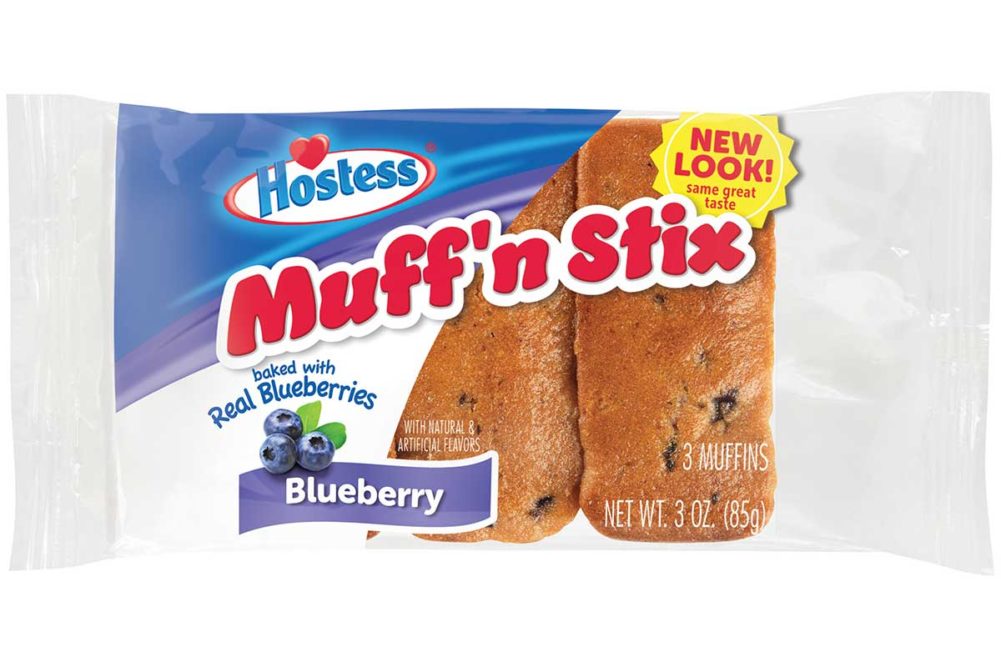The vast majority of Americans are getting up and having something to eat in the morning. It’s a traditional meal for some, while others are having a snack. Or they’re snacking their way through the morning.
People are out of the house more these days than they were at the start of the coronavirus (COVID-19) pandemic, but many are eating breakfast at home because they are still working away from the office.
“The pandemic changed breakfast in so many different ways,” said Lynn Dornblaser, director of innovation and insight at Mintel. “One of the things we see is that across so many categories, consumers feel like they’re going to hang on to a lot of their COVID food behaviors. You couple that with the fact that a very large percentage of consumers have been working at home, who are able to work from home and want to continue to work at home at least a good chunk of the time. Breakfast and lunch are the two meals really impacted by that.”
Consumers are looking for a little bit of everything when it comes to their breakfast foods — nutrition, indulgence and convenience — and bakers can hop on several very different trends.
Consumers — 95% report eating breakfast regularly, according to IRI — are looking for healthy breakfasts that are tasty and convenient.
“At the end of the day, if you deliver on taste, easy to make and nutrition, you’re probably going to be fine,” Sally Lyons Wyatt, executive vice president and practice leader, client insights, IRI, said in a recent webinar, “Winning Breakfast, Generation by Generation.” “If you’re really going to win breakfast, it’s across these three.”
She said that 67% of consumers consider healthfulness for morning foods a priority, 51% are searching for morning choices that offer specific nutritional benefits like vitamins, and 30% are looking for immunity benefits.
“If you’re not calling out the benefits of your products, you need to be doing so,” Ms. Lyons Wyatt said. “And if you are calling them out, call them out in an omnimedia channel perspective.”
Ms. Dornblaser said that data clearly shows consumers want their breakfast to be healthy and filling.
“That’s an opportunity and a challenge for grain-based breakfast foods,” she said. “The opportunity for grain-based foods, especially if they’re a good source of fiber, is they really do deliver on being filling. Healthy can be a little more challenging.”
High-protein snacks are clearly a draw for consumers because they consider them to have a health halo, although the higher added protein claim has been declining in some categories over the past couple of years. Ms. Dornblaser said that’s likely because consumers are reading the Nutrition Facts Panels before buying, which reduces the need to call out high protein claims on the front of the package.
“Protein is absolutely essential,” she said. “There’s a product that sums up a shift in breakfast, and that’s Kodiak cakes. They have those microwaveable cups that you can do either high-protein oatmeal that has added stuff, or high-protein cereal with added stuff or high-protein muffins. And many of them are positioned specifically for breakfast. ... Kodiak is all about protein and fiber. To me that’s one of those products that illustrates one of the big shifts in breakfast foods in the last five years.”
Consumers are also interested in reducing their sugar intake. In fact, 72% say they are trying to reduce or avoid sugar, Kris Sollid, RD, senior director, nutrition communications, International Food Information Council (IFIC), said at the recent International Sweetener Colloquium. He said that IFIC’s annual Food and Health Survey showed that 45% rated eating less sugar as their top goal in 2022.
“Sugar reduction is a big thing,” he added.
But reducing sugar in sweet bakery items is something that manufacturers must think about carefully, Ms. Dornblaser said.
“The route to take with sugar reduction might be what we’ve seen with some sodium reduction, and that is some covert reduction, reducing but not pointing it out in front of the pack,” she explained. “What we’ve seen with sodium reduction is if you don’t tell consumers, they don’t really notice. If you pull back a little, they don’t really notice. If you tell them you’ve done it, they tell you it doesn’t taste good anymore.”
This article is an excerpt from the April 2022 issue of Baking & Snack. To read the entire feature on Breakfast, click here.






